TURLOCK, Calif. — For a lot of his younger life, Jorge Sanchez commonly gasped for air, at instances coughing so violently that he’d virtually throw up. His mom whisked him to the emergency room late at night time and slept with him to ensure he didn’t cease respiratory.
“He’s had these issues since he was born, and I couldn’t determine what was triggering his bronchial asthma,” Fabiola Sandoval stated of her son, Jorge, now 4. “It’s so exhausting when your youngster is hurting. I used to be keen to attempt something.”
In January, neighborhood well being staff visited Sandoval’s dwelling in Turlock, a metropolis in California’s Central Valley the place mud from fruit and nut orchards billows by the air. They scoured Sandoval’s dwelling for hazards and defined that harsh cleansing merchandise, air fresheners, and airborne mud and pesticides can set off an bronchial asthma assault.
The workforce additionally supplied Sandoval with air purifiers, a particular vacuum cleaner that may suck mud out of the air, hypoallergenic mattress covers, and a humidity sensor — items that retail for a whole lot of {dollars}. Inside a couple of months, Jorge was respiratory simpler and was in a position to run and play outdoors.
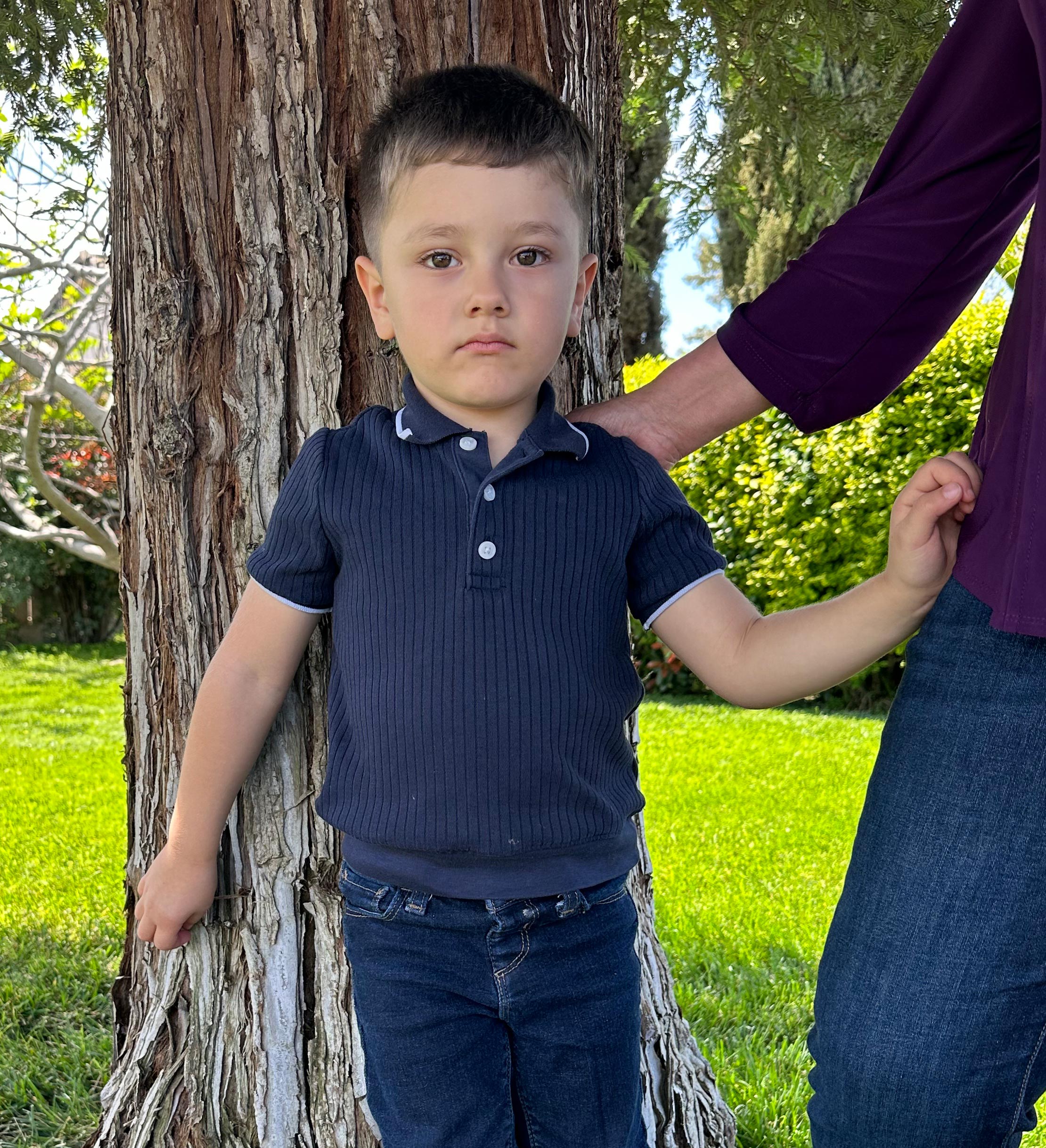
The in-home session and provides had been paid for by Medi-Cal, California’s Medicaid medical insurance program for low-income residents. Gov. Gavin Newsom is spearheading an bold $12 billion experiment to remodel Medi-Cal into each a well being insurer and a social companies supplier, one which depends not solely on medical doctors and nurses, but additionally neighborhood well being staff and nonprofit teams that supply dozens of companies, together with delivering wholesome meals and serving to homeless individuals pay for housing.
These teams are redefining well being care in California as they compete with companies for a share of the cash, and turn out to be a brand new arm of the sprawling Medi-Cal forms that serves almost 15 million low-income residents on an annual price range of $158 billion.
However employee shortages, negotiations with medical insurance firms, and studying to navigate complicated billing and expertise methods have hamstrung the neighborhood teams’ potential to ship the brand new companies: Now into the third yr of the bold five-year experiment, solely a small fraction of eligible sufferers have obtained advantages.
“That is nonetheless so new, and everyone seems to be simply overwhelmed at this level, so it’s slow-going,” stated Kevin Hamilton, a senior director on the Central California Bronchial asthma Collaborative.
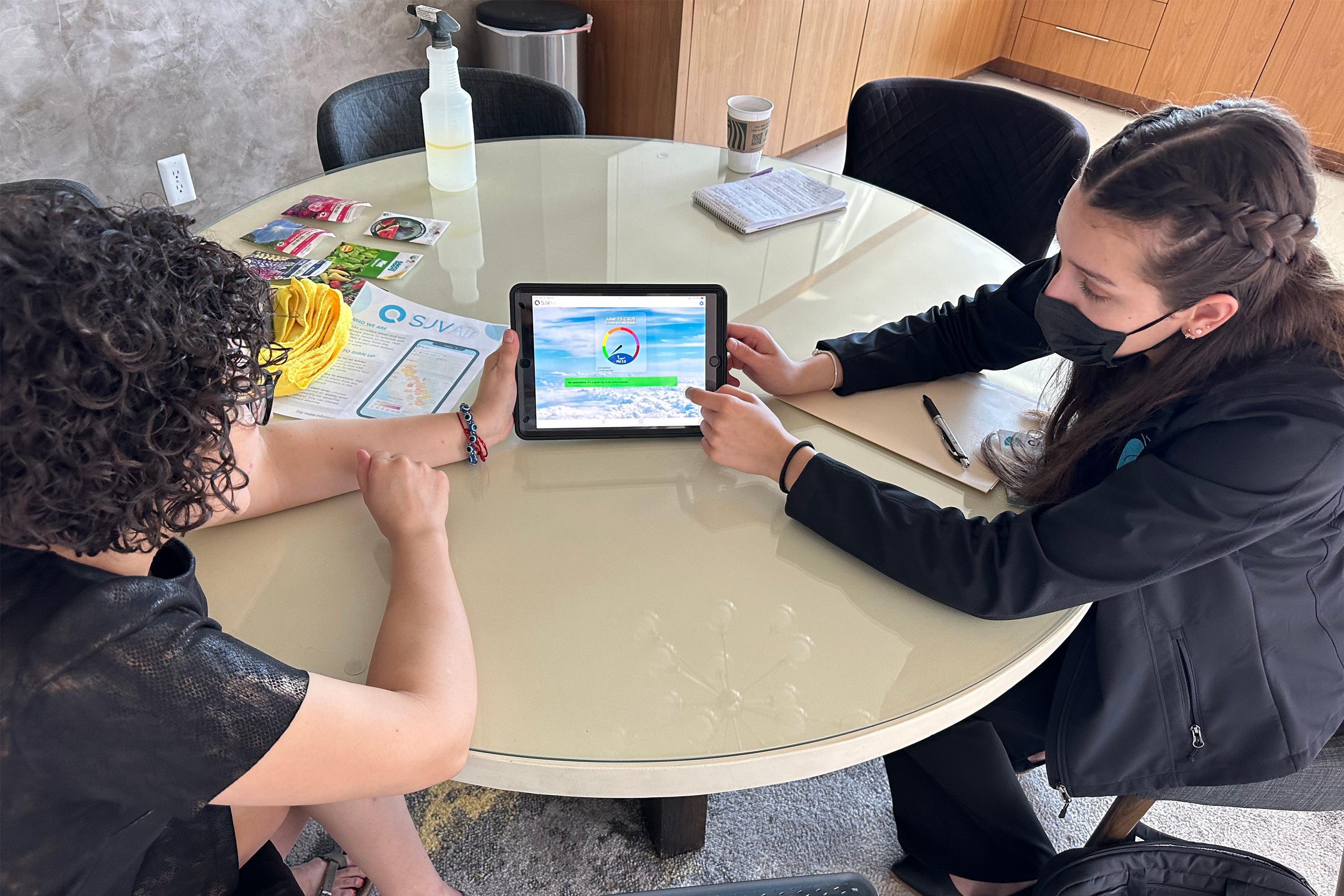
The collaborative has served about 3,650 sufferers, together with Sandoval, in eight counties since early 2022, he stated. It has years of expertise with Medi-Cal sufferers within the Central Valley and has obtained about $1.5 million of the brand new initiative’s cash.
Against this, CalOptima Well being, Orange County’s major Medi-Cal insurer, is new to providing bronchial asthma advantages and has signed up 58 sufferers thus far.
“Bronchial asthma companies are so tough to get going” as a result of the nonprofit infrastructure for these companies is nearly nonexistent, stated Kelly Bruno-Nelson, CalOptima’s government director for Medi-Cal. “We’d like extra community-based organizations on board as a result of they’re those who can serve a inhabitants that no one needs to cope with.”
Newsom, a Democrat in his second time period, says his signature well being care initiative, referred to as CalAIM, seeks to cut back the price of caring for the state’s sickest and most susceptible sufferers, together with homeless Californians, foster youngsters, former inmates, and other people battling habit issues.
Along with in-home bronchial asthma remediation, CalAIM presents 13 broad classes of social companies, plus a profit connecting eligible sufferers with one-on-one care managers to assist them get hold of something they should get more healthy, from grocery procuring to discovering a job.
The 25 managed-care insurance coverage firms collaborating in Medi-Cal can select which companies they provide, and contract with neighborhood teams to offer them. Insurers have hammered out about 4,300 giant and small contracts with nonprofits and companies.
Up to now, about 103,000 Medi-Cal sufferers have obtained CalAIM companies and roughly 160,000 have been assigned private care managers, in keeping with state information, a sliver of the a whole lot of hundreds of sufferers who seemingly qualify.
“We’re all new to well being care, and quite a lot of that is such a overseas idea,” stated Helena Lopez, government director of A Larger Hope, a nonprofit group offering social companies in Riverside and San Bernardino counties, corresponding to handing out baseball cleats to youngsters to assist them be lively.
Tiffany Sickler runs Koinonia Household Providers, which presents California foster youngsters psychological well being and different forms of care, and even helped a affected person repay parking tickets. However this system is struggling on a shoestring price range.
“If you wish to do that, it’s important to study all these new methods. It’s been an enormous studying curve, and really time-consuming and irritating, particularly with out enough funding,” she stated.
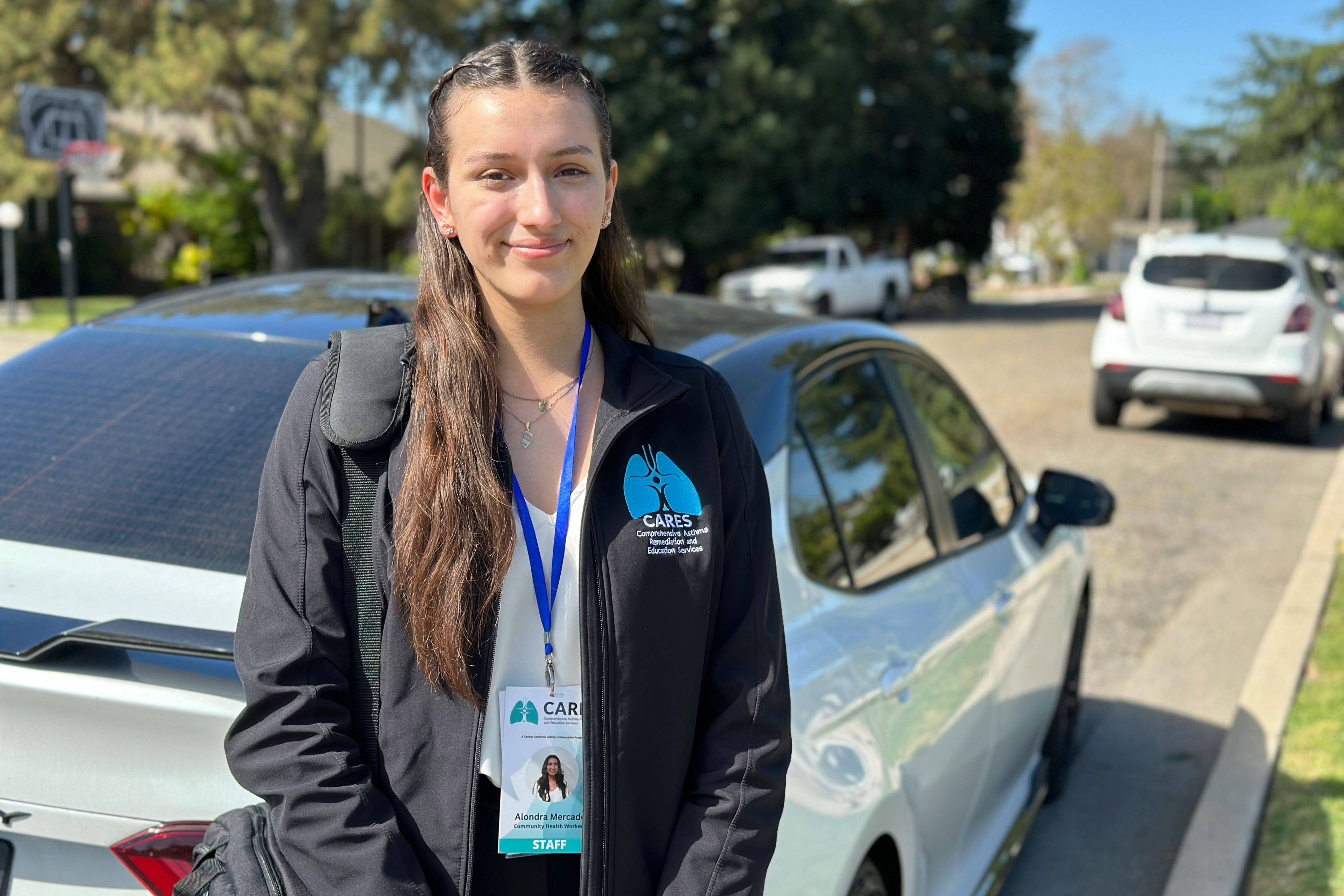
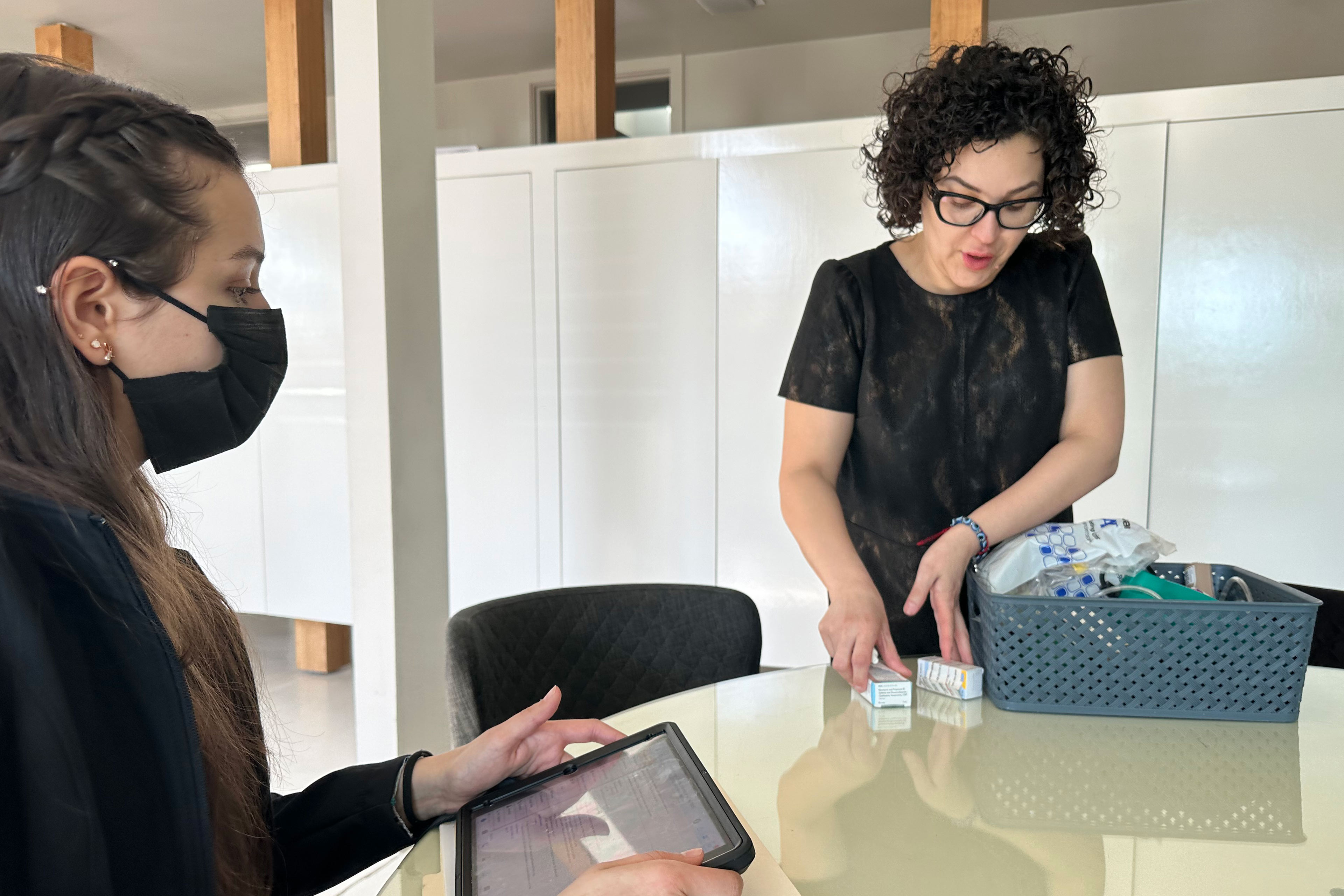
Brandon Richards, a Newsom spokesperson, defended CalAIM, saying that it was “on the reducing fringe of well being care” and that the state was working to extend “consciousness of those new companies and assist.”
For nonprofits and companies, CalAIM is a money-making alternative — one which prime state well being officers hope to make everlasting. Well being insurers, which obtain hefty funds from the state to serve extra individuals and supply new companies, share a portion with service suppliers.
In some locations, neighborhood teams are competing with nationwide companies for the brand new funding, corresponding to Mother’s Meals, an Iowa-based firm that delivers ready meals throughout the US.
Mother’s Meals has a bonus over neighborhood nonprofit teams as a result of it has lengthy served seniors on Medicare and was in a position to instantly begin providing the CalAIM good thing about home-delivered meals for sufferers with continual illnesses. However even Mother’s Meals isn’t reaching everybody who qualifies, as a result of medical doctors and sufferers don’t all the time comprehend it’s an possibility, stated Catherine Macpherson, the corporate’s chief vitamin officer.
“Utilization isn’t as excessive correctly but,” she stated. “However we had been effectively positioned, as a result of we already had departments to do billing and contracting with well being care.”
Intermediary firms even have their eye on the billions of CalAIM {dollars} and are popping as much as help small organizations to go up in opposition to established ones like Mother’s Meals. As an illustration, the New York-based Nonprofit Finance Fund is advising homeless service suppliers tips on how to get extra contracts and broaden advantages.
Full Circle Well being Community, with 70 member organizations, helps smaller nonprofit teams develop and ship companies primarily for households and foster youngsters. Full Circle has signed a cope with Kaiser Permanente, permitting the well being care large to entry its community of neighborhood teams.
“We’re permitting organizations to launch these advantages a lot quicker than they’ve been in a position to do and to succeed in extra susceptible individuals,” stated Camille Schraeder, chief government of Full Circle. “Many of those are grassroots organizations which have the belief and experience on the bottom, however they’re new to well being care.”
One of many largest challenges neighborhood teams face is hiring staff, who’re key to discovering eligible sufferers and persuading them to take part.
Kathryn Phillips, a workforce skilled on the California Well being Care Basis, stated there isn’t sufficient seed cash for neighborhood teams to rent staff and pay for brand new expertise platforms. “They carry the belief that’s wanted, the cultural competency, the variety of languages,” she stated. “However there must be extra funding and reimbursement to construct this workforce.”
Well being insurers say they’re attempting to extend the workforce. As an illustration, L.A. Care Well being Plan, the most important Medi-Cal insurer in California, has given $66 million to neighborhood organizations for hiring and different CalAIM wants, stated Sameer Amin, the group’s chief medical officer.
“They don’t have the staffing to do all these things, so we’re serving to with that each one whereas educating them tips on how to construct up their well being care infrastructure,” he stated. “Everybody needs a win, however this isn’t going to achieve success in a single day.”
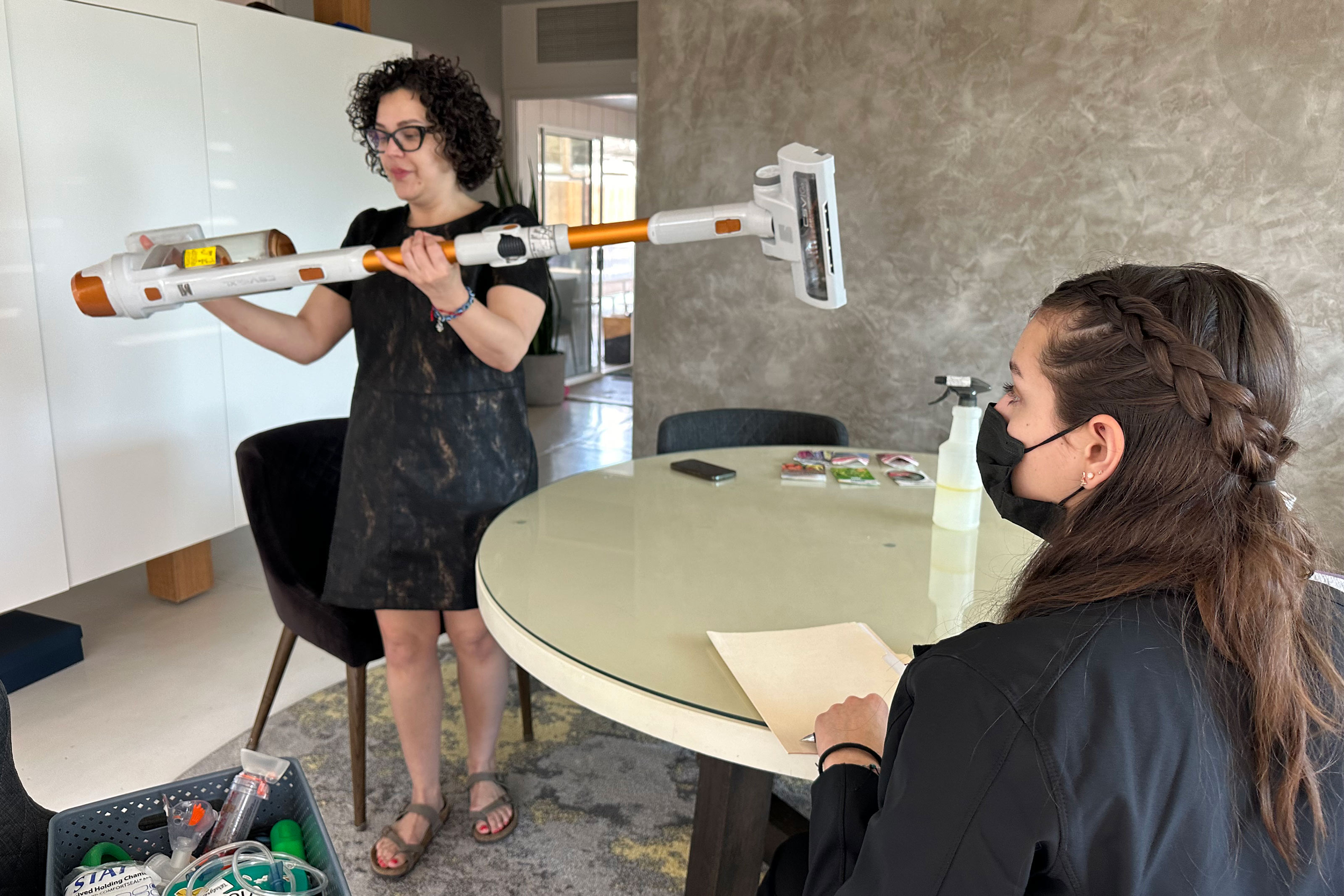
Within the Central Valley, Jorge Sanchez is without doubt one of the fortunate early beneficiaries of CalAIM.
His mom credit the belief she established with neighborhood well being staff, who spent many hours over a number of visits to show her tips on how to management her son’s bronchial asthma.
“I used to like cleansing with bleach” however realized it might probably set off respiratory issues, Sandoval stated.
Since she carried out the well being staff’ suggestions, Sandoval has been in a position to let Jorge sleep alone at night time for the primary time in 4 years.
“Having this program and all of the issues obtainable is wonderful,” stated Sandoval, as she pointed to the soiled mud cup in her new vacuum cleaner. “Now my son doesn’t have as many bronchial asthma assaults and he can run round and be a traditional child.”
This text was produced by KFF Well being Information, which publishes California Healthline, an editorially unbiased service of the California Well being Care Basis.
